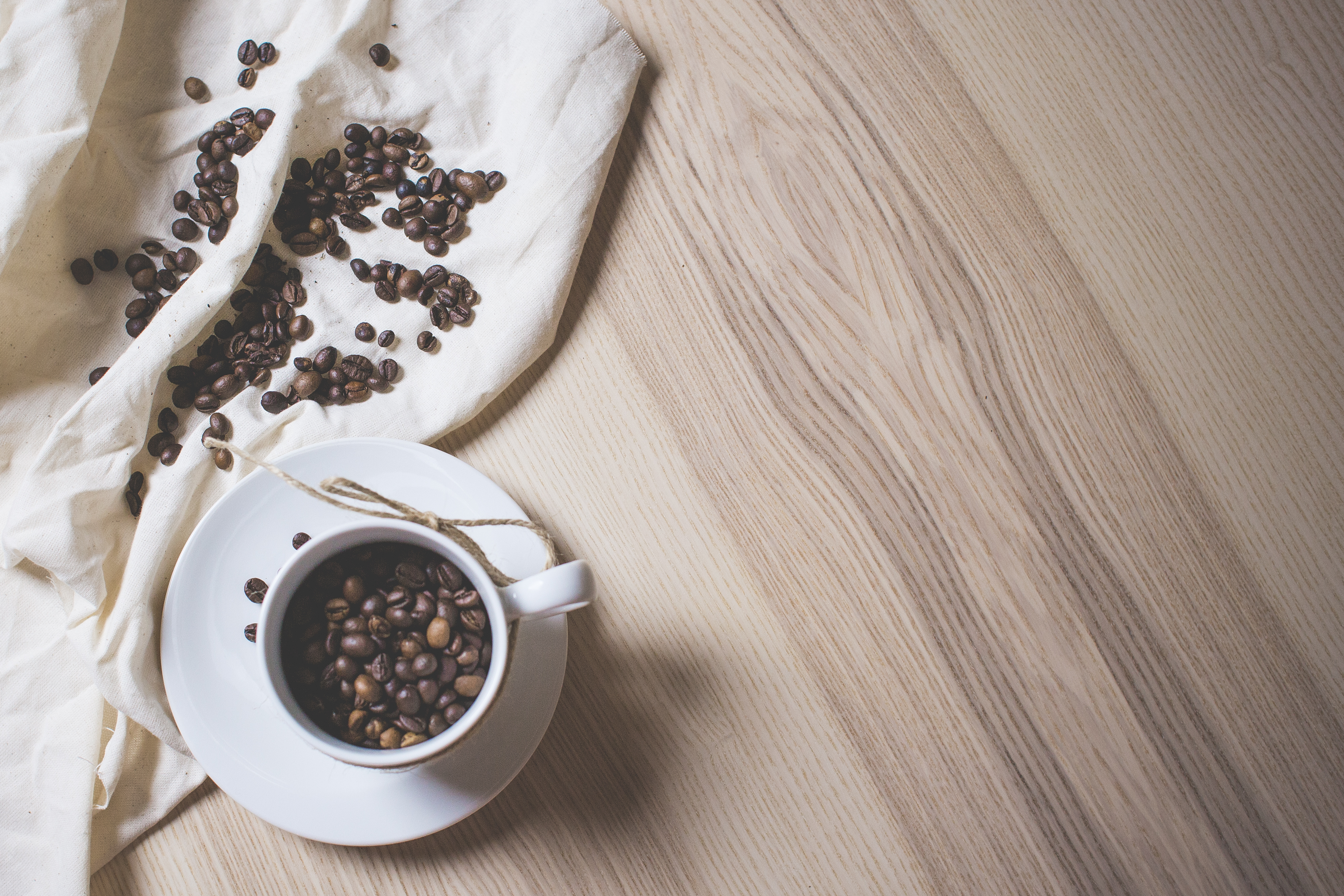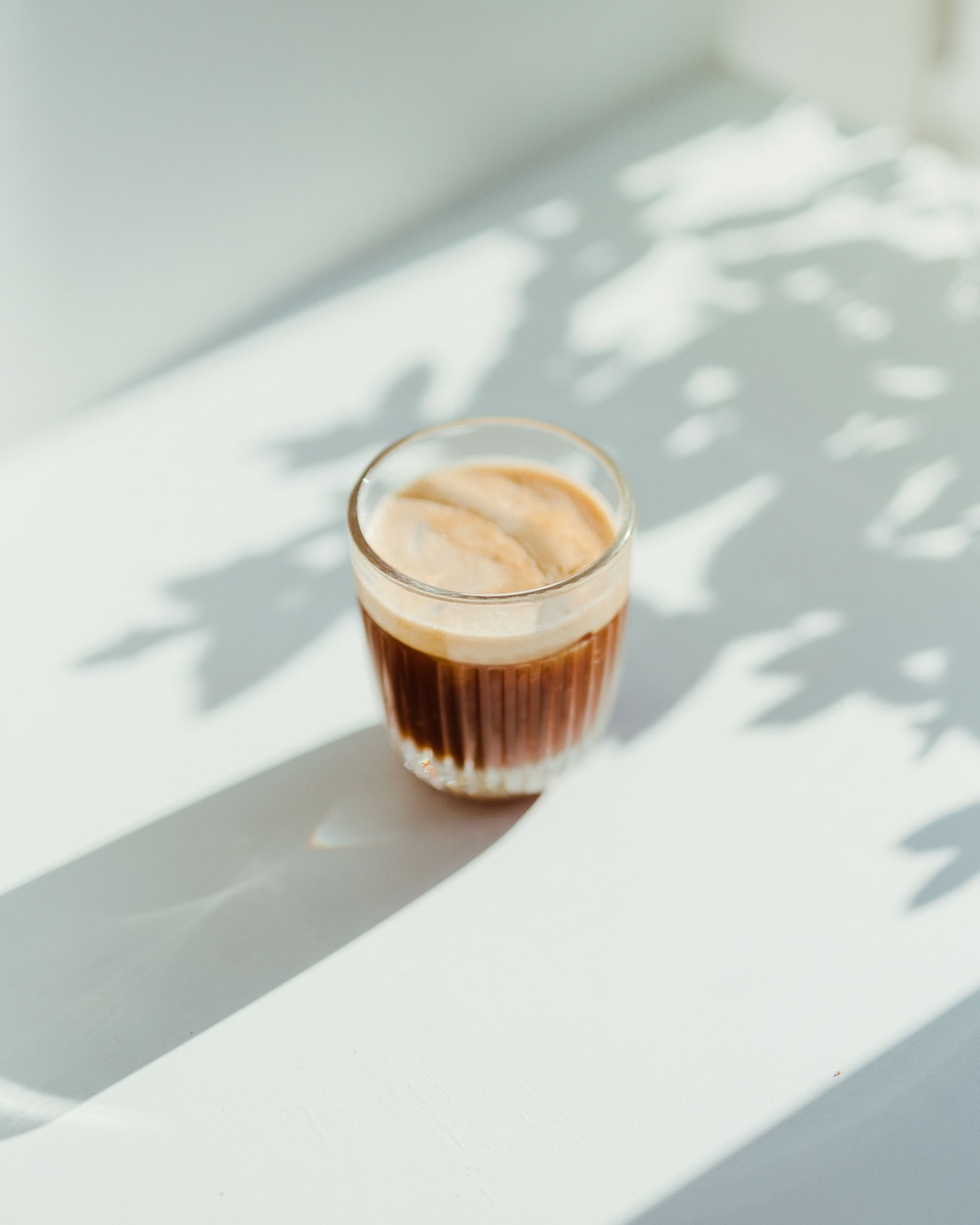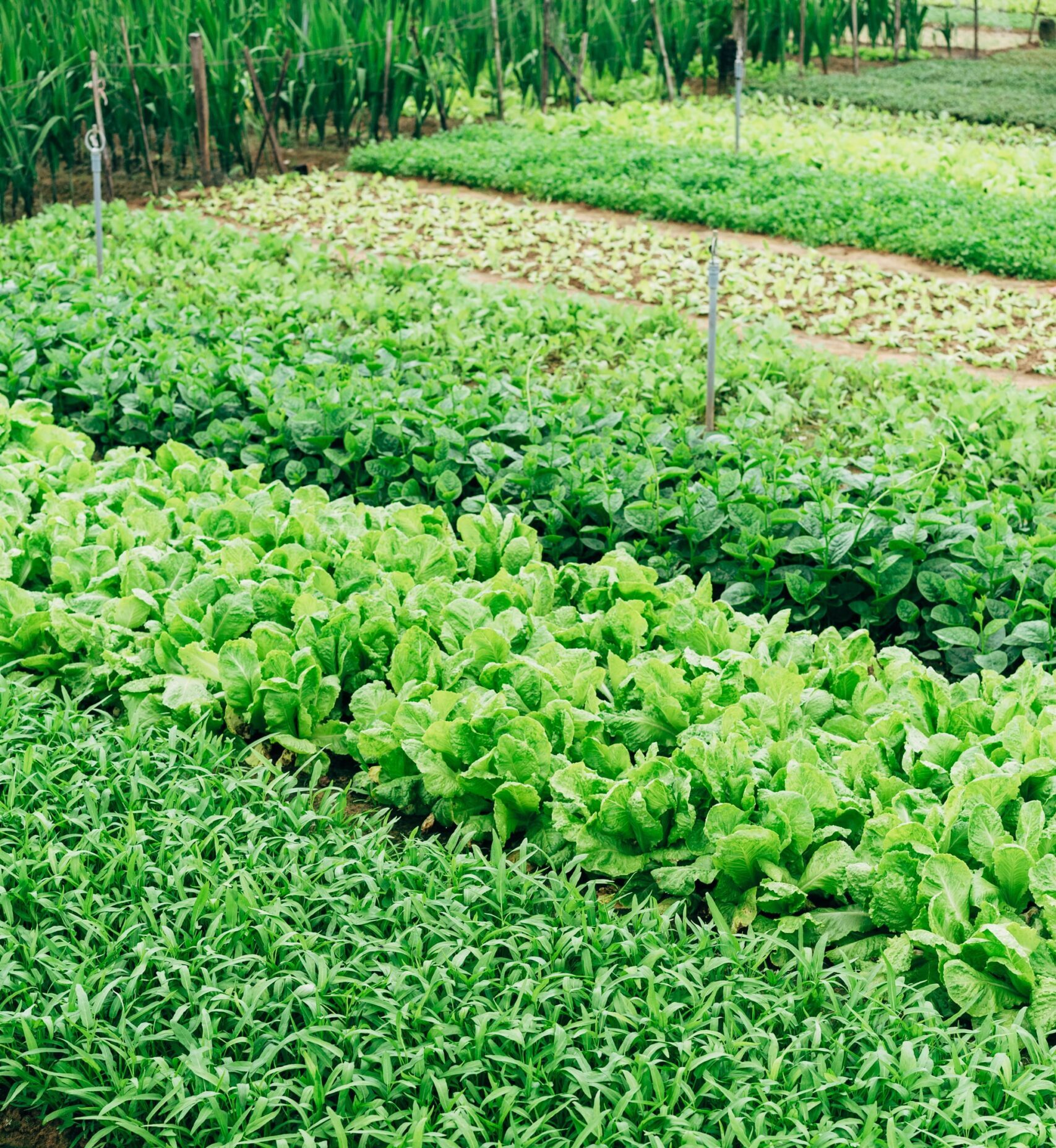
I know all too well the struggle of caffeine addiction–I’ve been going strong on the stuff since I was a wee child (thanks, Nana).
Coffee is delicious, addictive, habitual, and–at times–a pretty big environmental burden. Think to-go cups, unsustainable beans, chemical-laden additives, not to mention the financial weight a strong coffee habit carries.
While I can somewhat forgive the physical detriments of my coffee habit, I cannot ignore the heavy environmental impact that the substance can have. About half of all Americans drink coffee daily, so the size of the issue is not surprising.
Between waste, environmental destruction, and degradation as a result of coffee farming–and people and animals who are harmed or mistreated in the process–the brunt of the coffee industry is widespread–definitely not just within the United States but across the globe.
While we will likely never eliminate the root of the problem, we can be more conscious of the way that we consume coffee. Supply and demand play a large role in the availability of alternative, ethical goods and services. When the demand for eco-friendly products outweighs the rest, then the market can begin to shift for the better.
The first step is taking a look at your own habits to see what you can change and where you can change it. Here are a few tips and points to consider when assessing how to monitor and “green up” your coffee consumption.
1. Source beans locally–if you can, from one of the top 10 most ethical roasters in the United States.
2. Stop using pods (or, if you must, opt for a compostable version)
Coffee pods can take up to 500 years to break down once they enter the landfill. And the problem is not small–millions of the pods are used and thrown out every day. They may be convenient, but brewing your own batch is much more sustainable.
3. Watch out for coffees that use sun cultivation, which involves removing forest canopies to reduce the shade on the beans (and destroying many creature’s homes in the process). Instead, opt for “shade grown” coffees that forgo this practice.
4. Fair Trade is good, Direct Trade is better. One difference is that roasters buy directly from growers and can ensure that the farming practices are up to their standards. Direct trade also guarantees higher wages for farmers and does not require the certification fees of Fair Trade.
5. Buy Rainforest Alliance Certified blends, which promise that growers take maximum effort to avoid climate distress.

6. Bring your own cup.
With so many reusable cups on the market these days, you have no excuse not to use one. It may seem harmless to pick up a disposable cup here and there when getting to-go coffee. In fact, you may even recycle the cup. But not everywhere allows you to do that (especially when the cup is coated in waterproof wax). And recycling the cups still takes more energy than simply using the same one every time. It’s probably safe to assume that most cups don’t get recycled given that 1 million disposable cups end up in a landfill every minute.
7. Reuse your grounds.
You can use them as fertilizer, as they are a great source of nitrogen for your crops. They also attract earthworms, which help to decompose and aerate the soil. And no need to worry about the acidity of the coffee–only unused grounds are acidic, while the remnants of your morning brew are neutral.
Grounds also make for a great exfoliant for your face or body and can even be used as a dye for fabric or paper.
8. Limit your coffee intake when possible.
Instead, go for tea or a coffee alternative. (This is also a good way to reduce the impacts of excessive caffeine consumption.) If you love coffee just as much as I do, you know how hard it is to reduce the amount you currently drink, but the benefits are worth it. I’m not telling you to give it up completely (slim chance I ever will), but I do think that trying to reduce the amount you drink by any amount is a helpful way to also reduce the environmental impact of the substance.
What other methods do you use to either limit your coffee intake or “green up” your coffee habit? I can use any extra bits of advice that I can get, so don’t hesitate to share.
Also by Quincy: Is 10,000 Steps A Day Really The Magic Weight Loss Bullet Experts Say It Is?
Related: Why Coffee Is Wreaking Havoc On Your System (& Delish Alternatives)
Get more like this—Subscribe to our daily inspirational newsletter for exclusive content!
__
Photo: Victor Hanacek, Quincy Malesovas




